
Abstract:
Surface coating and impact velocity can dramatically affect cavity formation during water entry of spheres. Duez et al. [Nat. Phys.3, 180 (2007)] present a theoretical limit, dependent on impact velocity and surfacestaticwetting angle, below which air cavities no longer form. We show that transverse spin alters the spheres surface velocity distribution to straddle this theoretical limit, resulting in cavity formation over half of the sphere and none on the other half, and yields similar results to the case of a sphere dropped without spin, at the same impact speed, when its surface is half hydrophilic and half hydrophobic.


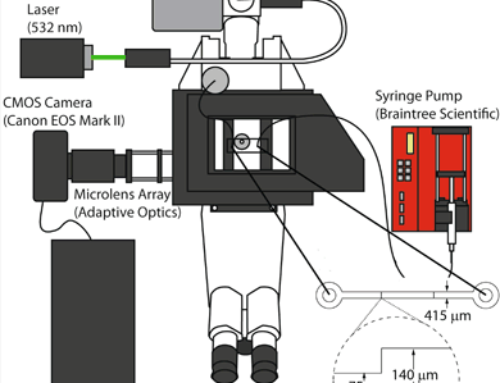
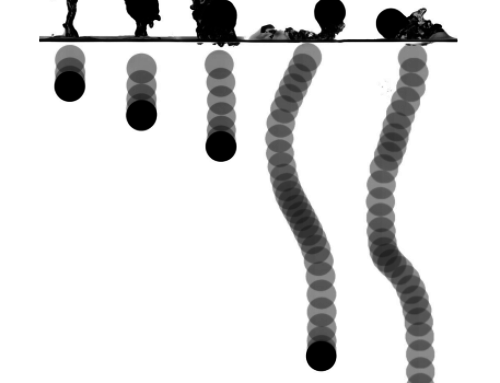
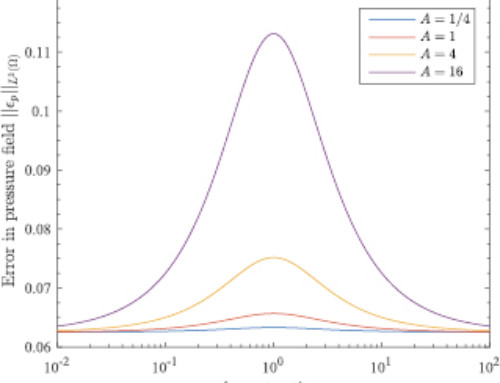
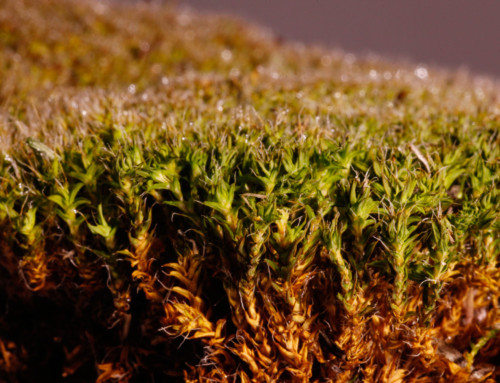
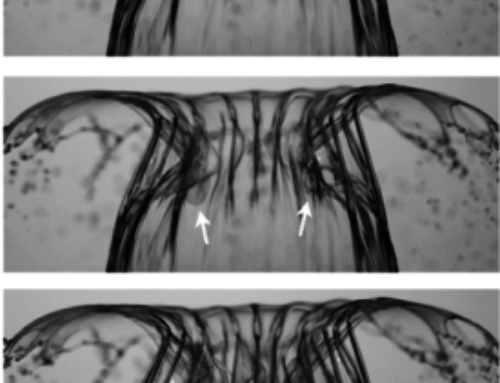
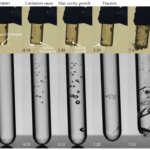
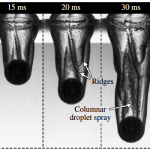
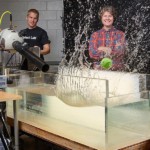
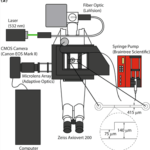
Recent Comments